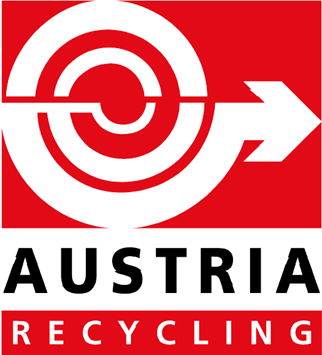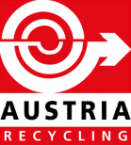Austria Recycling – playing a keyrole in sustainability and environmental management in Austria since 1946
From an intermediary between waste management and industry…
1946
Austria suffers from post-war economic shortages.
Austrian Production Promotion Company ÖPG is founded. It is entrusted with the task of supplying the industry with (secondary) raw materials. ÖPG later became Austria Recycling.
1963
There is a surplus problem (mountains of rubbish) and a shortage problem (scarcity of raw materials) at the same time.
Austria Recycling starts the waste paper collection to turn Minus and Minus into Recycling-Plus.
1973
The oil price shock throws a glaring light on the value of raw materials and their finiteness.
Therefore, permanent disposal systems with special containers are replacing the sporadic house collections.
1976
The waste problem is getting worse, landfill space is becoming scarce and expensive.
Austria Recycling develops comprehensive waste disposal systems for waste paper, waste glass and waste metal. The association operates at the interface between citizens, municipalities, political leaders and industries. And it develops disposal solutions that are still in use today.
1980
Concern for the environment is increasing.
Environmental awareness is rising rapidly. Above all, the collection of waste materials is increasingly understood as an important disposal facility in the waste sector. Therefore, Austria Recycling goes public with professionally conducted information campaigns in order to strengthen citizens’ environmental awareness. For instance, this campaings point out options for action (waste separation).
Waste paper and glass disposal are transferred to Austria Papier Recycling GmbH (APR) and Austria Glas Recycling (AGR).
1990
The amount of packaging in waste is increasing disproportionately.
Waste Management Act and Packaging Ordinance come into force for the first time in Austria. Austria Recycling is part of the competence committee for the development and implementation of the Packaging Ordinance, which turns the financing of packaging disposal from head to toe: It is no longer the citizens who have to pay for it, but the industry. The association is the obstetrician in the foundation of the ARA system.
… TO THE MEDIATOR OF RESOURCE CONSERVATION AND RESOURCE EFFICIENCY.
2000
“Environmental protection is not an ‘end of pipe’ solution” moves into the mainstream.
It is becoming increasingly clear to business people and politicians that environmental protection and waste avoidance cannot begin with the ‘end of pipe’ approach. So, Austria Recycling is researching sustainable consumer behaviour. In addition, together with its sister organisation Austria Recycling & Co Consulting Gmbh (ARECon) it is developing a programme for operational environmental protection. Most importantly, that programme begins at the source and is tailored in particular to small and medium-sized enterprises.
2010
Austria is now regarded as an environmental model country.
In many ecological concepts Austria is a role model for other countries. For instance, waste management, environmental management, sustainability management. Consequently, Austria Recycling exports Austrian know-how worldwide. The focus lies on Asia. In other words, the Austrian association has established itself as a recognised partner organisation for (international) projects on resource conservation, improvement of resource efficiency and cleaner production (RECP) in organisations. Most importantly, Austria Recycling combines its own environmental competence with the organisational development competence of its sister organisation Gesunde Organisationen (GO).

